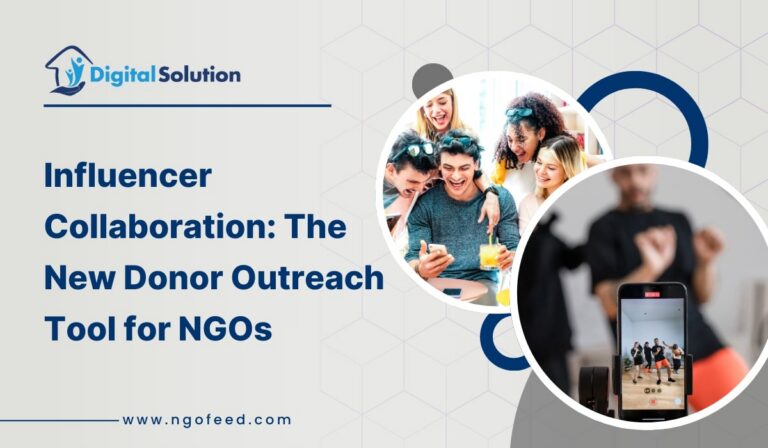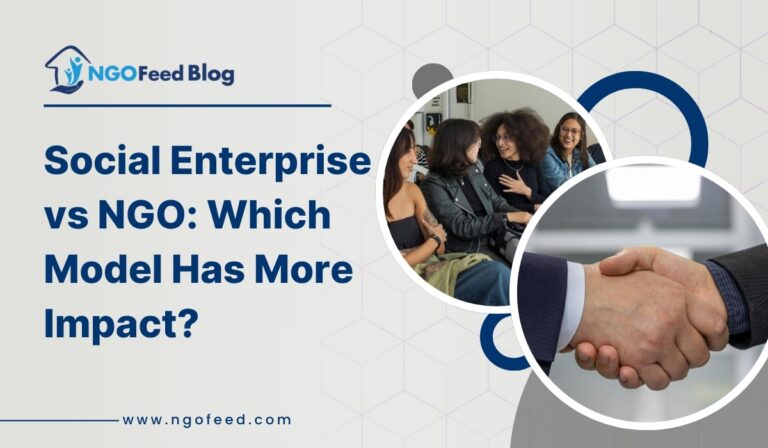Best Practices for Strategic Planning in Nonprofits: Strategic planning in the nonprofit field can resemble navigating a twisting route, yet with appropriate practices, organizations can establish a clear direction toward their mission. Here’s an article detailing some best practices to assist nonprofits in creating and executing effective strategic plans:
Table of Contents
Charting the Course: Best Practices for Strategic Planning in Nonprofits
Nonprofit organizations commit themselves to meaningful missions, addressing essential societal issues. To enhance their effectiveness and guarantee long-term sustainability, a clearly defined strategic plan is not merely beneficial – it’s critical. This roadmap directs decision-making, aligns resources, and concentrates efforts on achieving measurable results. However, developing and executing a strategic plan in the nonprofit realm demands a thoughtful approach. Here are some best practices to navigate this vital process efficiently:
Also Read: Digital Advertising Acronyms for Nonprofits
1. Embrace Inclusivity and Participation
A strategic plan is only as robust as the voices that contribute to it. Involve a diverse array of stakeholders throughout the process. This includes:
- Board Members: Their governance and fiduciary roles render their active involvement crucial.
- Staff: Their on-the-ground experiences deliver invaluable insights into program realities, challenges, and opportunities.
- Volunteers: Their commitment and direct engagement with beneficiaries provide unique viewpoints.
- Beneficiaries: When suitable and practicable, comprehending their needs and experiences directly can help ensure the plan remains relevant and impactful.
- Community Partners: Collaborating organizations can provide valuable context and identify potential synergies.
Creating avenues for open dialogue, surveys, and working groups guarantees a deeper understanding of the internal and external landscape. This fosters buy-in and a shared sense of ownership over the plan.
2. Ground the Plan in a Deep Understanding of the Environment:
Before focusing inward, nonprofits must comprehensively analyze the external environment in which they function. This includes:
- Needs Assessment: Regularly reviewing the community needs that the organization aims to address. Are these needs evolving? Are there new challenges arising?
- Stakeholder Analysis: Identifying and comprehending the interests and influence of various stakeholders, including funders, government bodies, and other nonprofits.
- Competitive Analysis: Evaluating the landscape of similar organizations, recognizing potential collaborators, and areas of distinction.
- Political and Economic Context: Acknowledging how broader societal trends might affect the organization’s mission and funding.
- SWOT Analysis: Conducting an in-depth analysis of the organization’s internal Strengths and Weaknesses, along with external Opportunities and Threats.
Also Read: HubSpot for Nonprofits
This external awareness informs realistic goal-setting and assists the organization in adapting to a fluctuating environment.
3. Define a Clear and Compelling Vision and Mission:
The strategic plan should be grounded in a clearly expressed and motivating vision (the desired future state) and mission (the organization’s purpose). These foundational statements should be revisited and reaffirmed to ensure they remain relevant and resonate with all stakeholders. A strong vision and mission offer guidance for all strategic decisions.
4. Set SMART Goals and Measurable Objectives:
Unclear aspirations won’t lead to tangible advancements. The strategic plan must convert the vision and mission into Specific, Measurable, Achievable, Relevant, and Time-bound (SMART) goals. Each goal should be subdivided into specific, measurable objectives with clear indicators of success. This facilitates tracking progress and assessing the plan’s effectiveness.
5. Develop Actionable Strategies and Tactics:
For each goal, the plan must detail specific strategies—the general methods for reaching the goal—and the concrete tactics—the particular actions that will be implemented. These should be practical, taking into account the organization’s resources and capabilities. Clearly designating responsibilities and deadlines for each tactic promotes accountability.
Also Read: The Vital Role of NGOs in Modern Society
6. Integrate Financial Planning and Resource Allocation:
A strategic plan is only feasible if it is financially sound. The planning procedure must include financial projections, budgeting, and resource allocation considerations. This involves identifying funding requirements, investigating various revenue sources, and ensuring that the suggested strategies are financially sustainable.
7. Prioritize and Focus:
Nonprofits frequently encounter several urgent requirements. The strategic planning process presents a chance to prioritize and target resources on the areas where the organization can create the most significant impact. Resist the urge to undertake too much simultaneously. A concentrated plan with distinct priorities is more likely to succeed.
8. Build in Flexibility and Adaptability:
The external landscape is continuously changing. A fixed strategic plan can swiftly become obsolete. Introduce mechanisms for regular review and modification. This may entail annual evaluations, quarterly progress reviews, and a readiness to revise strategies as necessary based on new insights and evolving circumstances.
Also Read: Lights, Camera, Action for Good: The Power of Video Marketing for Nonprofits
9. Communicate and Engage Continuously:
The strategic plan should not be a document that remains unused. It must be actively communicated and woven into the organization’s culture. Regular updates, discussions, and opportunities for feedback guarantee that everyone comprehends the plan and their responsibilities in its execution.
10. Monitor, Evaluate, and Learn:
Strategic planning is not a singular event but an ongoing process. Set clear metrics and procedures for tracking progress toward objectives. Regularly assess the effectiveness of strategies and tactics. Gain insights from both achievements and difficulties to inform future planning and decision-making. This dedication to continuous improvement is essential for long-term impact.
By adopting these best practices, nonprofit organizations can create strategic plans that are not only clearly defined but also actionable, flexible, and ultimately, more effective in fulfilling their essential missions. The process of strategic planning is an investment in the future, ensuring that the organization can continue to navigate toward a brighter tomorrow.
Also Read: How to Host Successful Nonprofit Events
Conclusion
In summary, strategic planning for nonprofits is a fluid and ongoing process, rather than a fixed document. By promoting inclusivity, basing plans on a comprehensive understanding of the environment, establishing clear objectives, and nurturing a culture of ongoing learning and adaptation, nonprofits can convert aspirations into meaningful action. This dedication to careful planning guarantees that resources are utilized efficiently, stakeholders are coordinated, and in the end, the organization is more prepared to achieve its mission and foster enduring positive change in the communities it supports.









